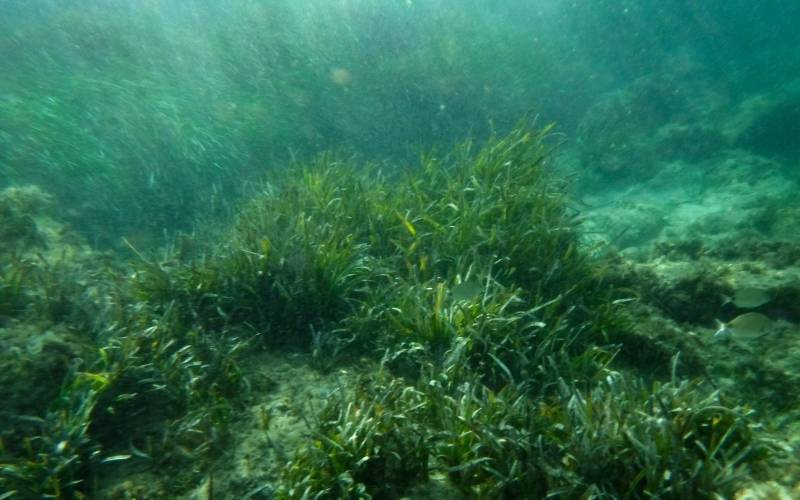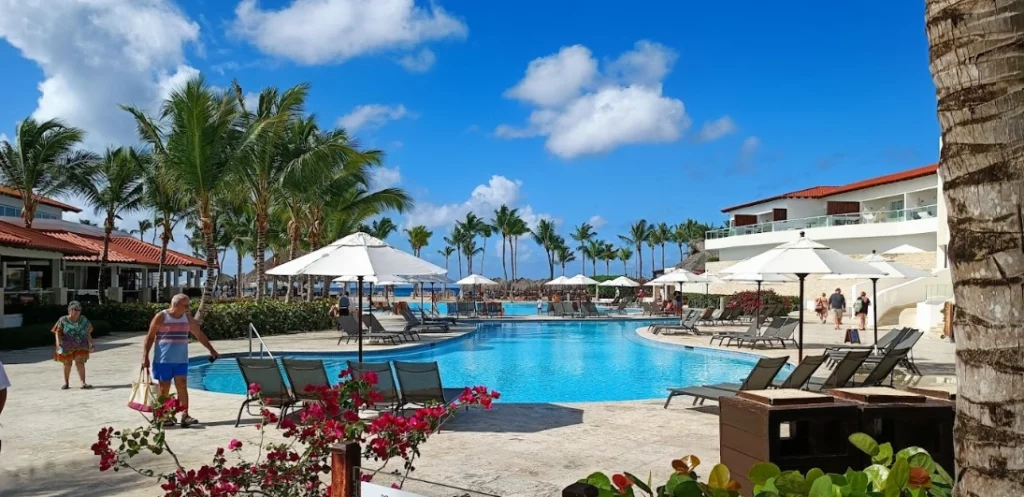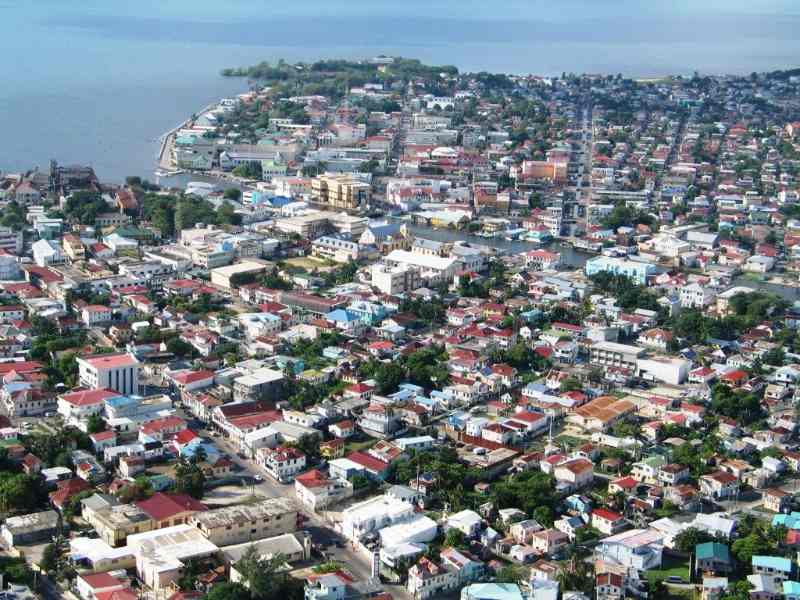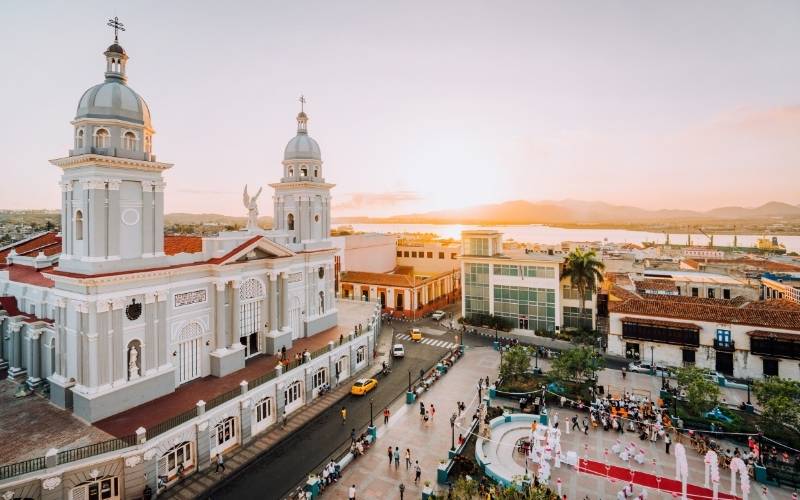
Home » Jamaica Wildlife Tours & Nature Trips: The Absolute Best Animal Encounters
Jamaica Wildlife Tours & Nature Trips: The Absolute Best Animal Encounters
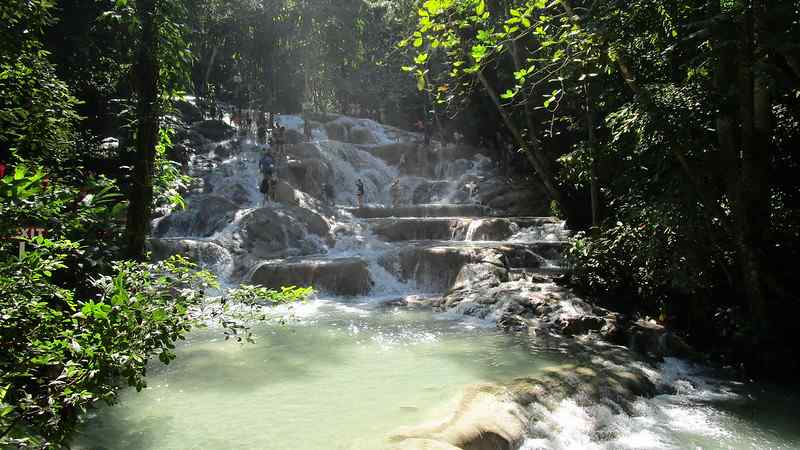
There is a great deal more to Jamaica’s wildlife than just a fascinating variety of bird species and wild lizards.
The environment of Jamaica is nothing short of enchanting; from the rolling green hills to the rippling waterways ranging in colors blue, Jamaica’s wildlife has so much to offer. Jamaica is commonly referred to as the “Land of Wood and Water” for a good reason. It doesn’t matter where you go in this area; you can be practically certain that the location you choose will come naturally decorated with a generous helping of the landscape.
Even though it is a relatively tiny island, a trip to Jamaica has a lot to offer to those who are interested in nature.
Jamaica wildlife is without a doubt a paradise for birdwatchers because it is home to about 200 different bird species, including more indigenous birds than any other Caribbean island. Long before the Spaniards came, the island was home to a wide variety of reptiles and amphibians, including snakes, lizards, frogs, the coney, iguanas, and the American crocodile. It is not difficult to spot lizards because many of them eat insects and live around houses and gardens.
The coney, which is closely related to rats and looks like a large brown guinea pig, and the iguana have not fared as well as the lizards in terms of their ability to survive. Both of these animals have been eaten by the ferocious mongoose, which is a relative newcomer to Jamaica and was brought there from India to control field rats.
Both the supposedly harmless American crocodile and the manatee have managed to cling to existence along our South Coast in relatively modest numbers. In addition, there are over a dozen distinct species of tiny frogs, one hundred distinct species of butterflies, and 25 distinct species of bats that are not harmful to humans.
What Jamaica Wildlife Can You Expect To Encounter?
Table of Contents
1. Manatee
The manatee is undoubtedly one of the most interesting animals that one may come upon when exploring Jamaica. These friendly animals, which are also referred to as “sea cows,” are most commonly discovered in regions where rivers flow directly into the ocean.
They frequently rise to the surface in search of drinking water, so if they are there, you should have no trouble finding them if you look. Even though this species is at risk of extinction at the moment, they are completely harmless to humans and consume nothing but plants as their food source.
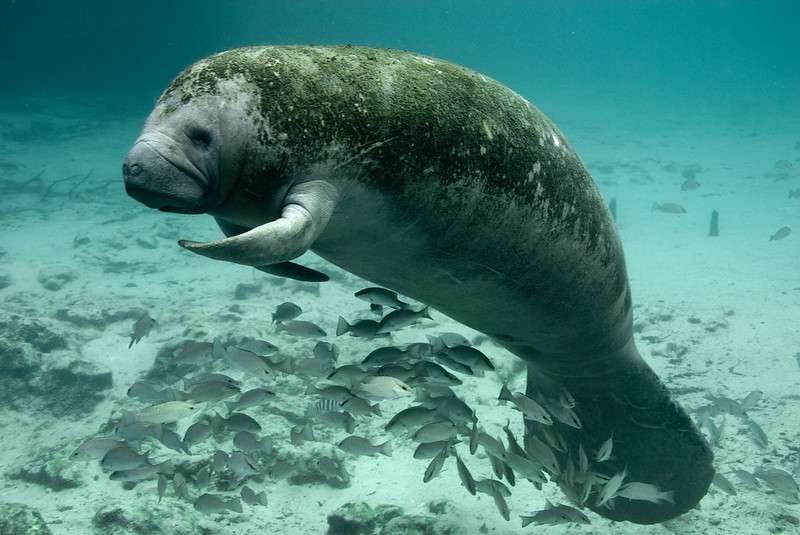
2. Crocodiles
Crocodiles do not make up a significant portion of Jamaica’s wildlife and are concentrated primarily along the island’s southern shore.
As a result of the extraordinary work that a small number of conservationists have been putting in, these animals have lately been given the status of “protected,” and there are signs that their populations are beginning to improve. Many of the hotels offer what is known as a “crocodile safari” that travels between Treasure Beach and Black River if you are interested in seeing one of these creatures.
3. Mongoose
The first mongoose was imported to Jamaica in 1872 to combat the vast number of rats that were ruining the sugar plantation during that period. Mongooses are not a very old species of the country because they were brought here to combat rats.
However, later on, this creature also went on to lower the population of many birds and snakes in the vicinity, and within no time at all, the number of mongooses had significantly increased. In Jamaica, it is not difficult to see one or two on the other side of the road.

4. Sea Turtle
The sea turtles that inhabit Jamaica are members of one of the island’s animal populations that are critically threatened. The sand in certain protected locations has been raked into a smooth surface specifically for the use of young turtles learning to navigate their environment.
These nature lovers not only keep a close eye on the newest additions but also assist them with their fundamental requirements and emergency medical care if it is required. Hotels such as the Jamaica Inn offer tours that provide visitors who are interested in seeing turtles in their natural habitat with the opportunity to do so in a controlled environment.
5. Patoo
The Jamaican owl and the Barn Owl are the two most common species of owls found on the island of Jamaica.
The former is a magnificent creature with a light brown color that is frequently seen at night when the locals are throwing stones at the bird because they believe it is a portent of death. On the other hand, the latter is primarily located in the mountains and the eastern part of Jamaica and has a dark brown color.
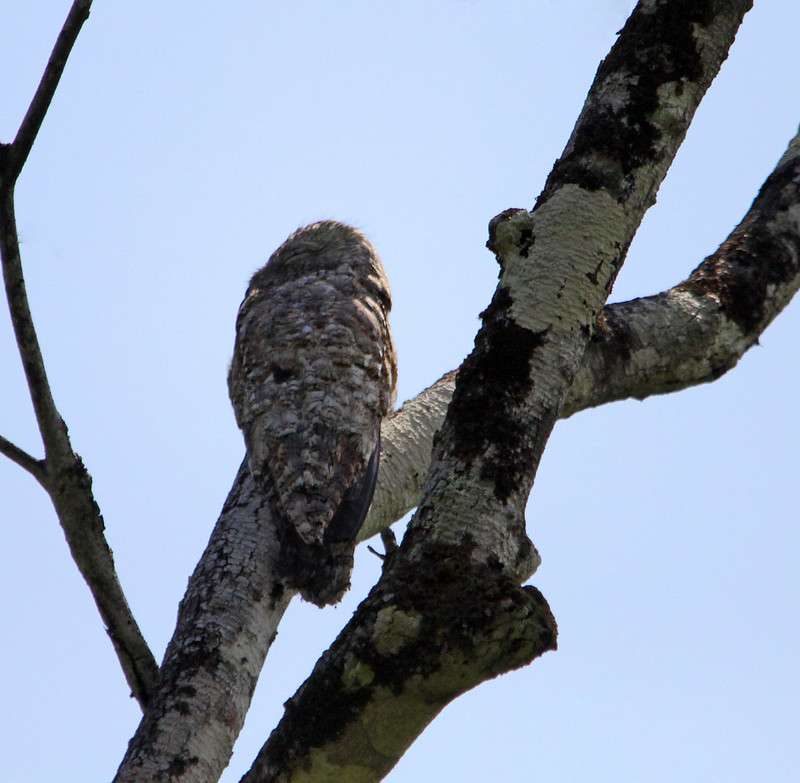
6. Giant Swallowtail
This species of native butterfly can only be found in Jamaica. It is quite amazing to look at. The wing span of the swallowtail is around six inches.
It is a striking combination of gold and black, and the underside of its wings is patterned with blue circles. The John Crow Mountains, the Blue Mountains, and Cockpit Country are all places where you can locate the huge swallowtail butterfly.
7. Sea Turtle
The fish sanctuary in Oracabessa Bay has been able to protect the critically endangered sea turtle.
The turtle makes its way onto land at Ocho Rios, where it then digs a hole and deposits its eggs. Hotels on the north shore, such as the Jamacia Inn, offer secure settings in which individuals can observe these endemic species.
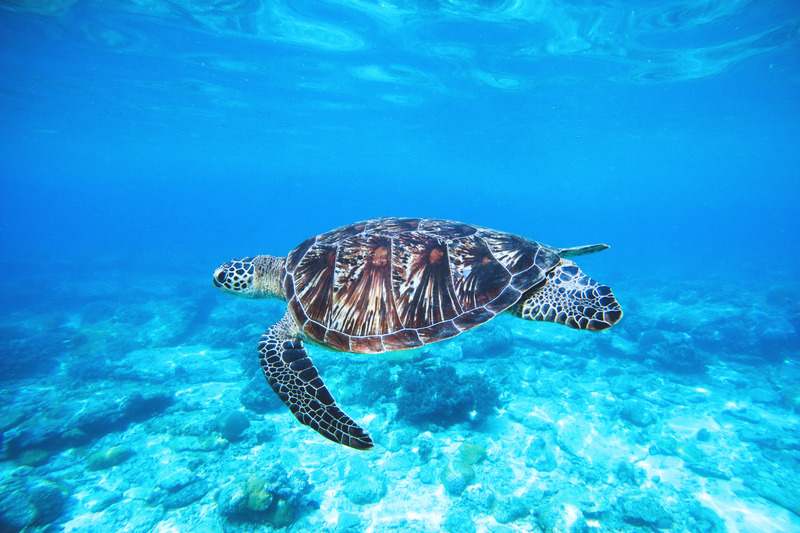
Best Places To Visit Wildlife: Where To See Wild Animals Ethically
1. Black River Safari
This is easily one of the best places for Jamaica wildlife lovers. Black River is famous for housing a large number of different species since it is one of the longest rivers in Jamaica.
Crocodiles are among the animals that may be discovered in the area surrounding this river, which is home to more than one hundred different types of birds. The dark color of the river is caused by a substantial layer of sediments made up of several types of flora.
You may schedule a tour of the Black Safari on any of the internet sites, and some of them will even let you include spots of your choice that you can see along the way if you so choose when you arrange the tour.
2. Seven Oaks Sanctuary For Wildlife
This is another hotspot for Jamaica wildlife tours. The Seven Oaks Sanctuary for animals in Jamaica is a non-profit organization that is home to a wide range of species.
These species range from indigenous Jamaican birds like the Patoo to the Jamaican Boa, which is a unique kind of snake that can only be found in Jamaica. This group not only works to stop the unethical business activities that are associated with the trafficking of many Jamaican species, but it also saves animals in need, including Jamaican parrots, parakeets, snakes, and even some domestic animals.
This has had to be one of the most impressive sanctuaries for Jamaica’s various animal species!
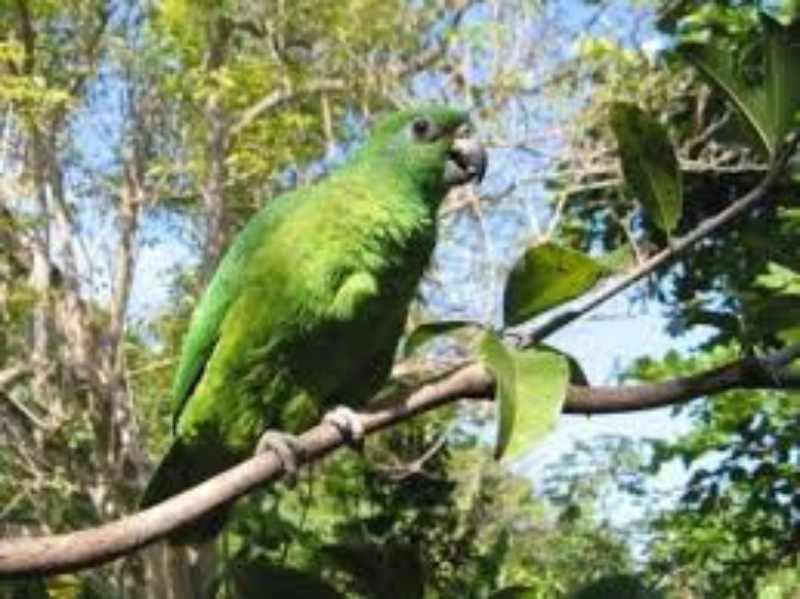
3. Jamaica Swamp Safari Village
In 1969, an American named Ross Heilman, also known as Ross Kananga, built Jamaica Swamp Safari Village as a crocodile farm.
Today, the attraction is known as Jamaica Swamp Safari Village. After some time had passed, Ross was able to purchase other wild creatures, such as a lion and a pair of black leopards. Eventually, he started inviting tour groups for daily shows at his zoo.
Since 2011, River Raft Limited has been the company in charge of running Jamaica Swamp Safari, which is situated on fifty acres of naturally occurring mangrove environment near Falmouth, Trelawny. The American Crocodile is the highlight of the Safari, and it is one of the few places in the world where visitors have the opportunity to see crocodiles at every stage of their lives.
4. Jamaica Bay Wildlife Refuge
The Jamaica Bay Wildlife Refuge spans multiple islands in Jamaica Bay, which are dispersed over both the boroughs of Brooklyn and Queens.
The refuge serves as a home for a diverse range of marine and terrestrial plant and animal life, providing habitat for both. It is a fantastic spot for watching birds and bird migrations, as well as horseshoe crabs mating and laying eggs, diamondback terrapins laying eggs, and diamondback terrapin egg laying.
The refuge covers a large area, the majority of which is open water; nevertheless, it also has a highland shoreline and islands with salt marsh, dunes, brackish ponds, woods, and farms. Within the boundaries of the National Park System, there is only one wildlife refuge.
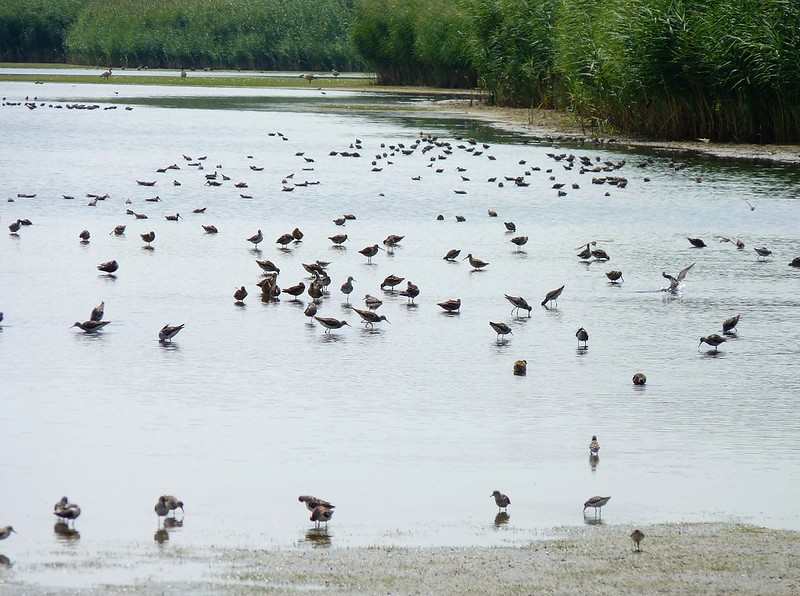
KEY TAKEAWAYS ...🛪
There is no shortage of options in this location, whether you are interested in the charming creatures that can be found on the land of Jamaica, are a wildlife enthusiast who would like to see them up close, or even if you would like to practice your photography skills with some of these exotic creatures.
Therefore, when you are deciding what to do, make it a point to go check out the animal sanctuaries for an unforgettable experience.
Find out more about Kanana Caribbean island facts, vacation planning, sightseeing, travel deals, and possible upcoming events

